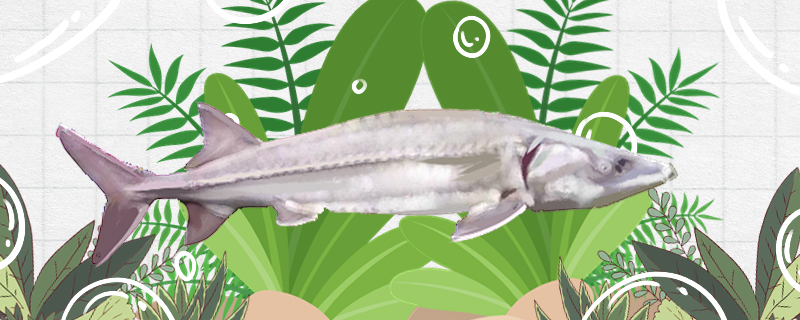 Is
Is ? Chinese sturgeon is a very precious animal living in our country, and it is also one of the key protected animals in our country. Because they belong to the class Osteichthyes, they are a kind of bony fish and naturally belong to fish. According to the specific classification, Chinese sturgeon belongs to sturgeon, which contains many species, and Chinese sturgeon can be said to be one of the most precious species.
Fish itself contains many species, although their appearance, habits, living environment and other aspects may be different, but there are many key characteristics are the same. Fish have gills, which are very important for them, because they must use gills to breathe, and Chinese sturgeons also use gills to breathe. Then there is the way of reproduction. Most fish are oviparous, and so is the Chinese sturgeon. They also have a special habit of migration. When they lay eggs, they usually do it in the Yangtze River. Moreover, from the point of view of the change of body temperature, fish is a poikilothermic animal. When the temperature of the surrounding environment changes, the body temperature of the fish itself will also change. Chinese sturgeon is also a poikilothermic animal. It can be seen that Chinese sturgeon conforms to many key characteristics of fish.
above, Chinese sturgeon belongs to fish. Therefore, they do not belong to amphibians, because fish and amphibians are two kinds of animals that do not intersect, and from an evolutionary point of view, amphibians are more advanced than fish, amphibians evolved from fish.
Specifically, the difference between Chinese sturgeon and amphibians is relatively large. Acipenser sinensis belongs to the class Osteichthyes, while amphibians belong to the class Amphibia. In addition, amphibians can live on land, but fish generally can not leave the water, and Chinese sturgeon can not leave the water. From the point of view of respiratory organs, Chinese sturgeon and amphibians are also different. Chinese sturgeon breathes with gills, while amphibians can breathe with lungs when they grow up. For example, typical amphibian frogs can breathe with both lungs and skin as adults.